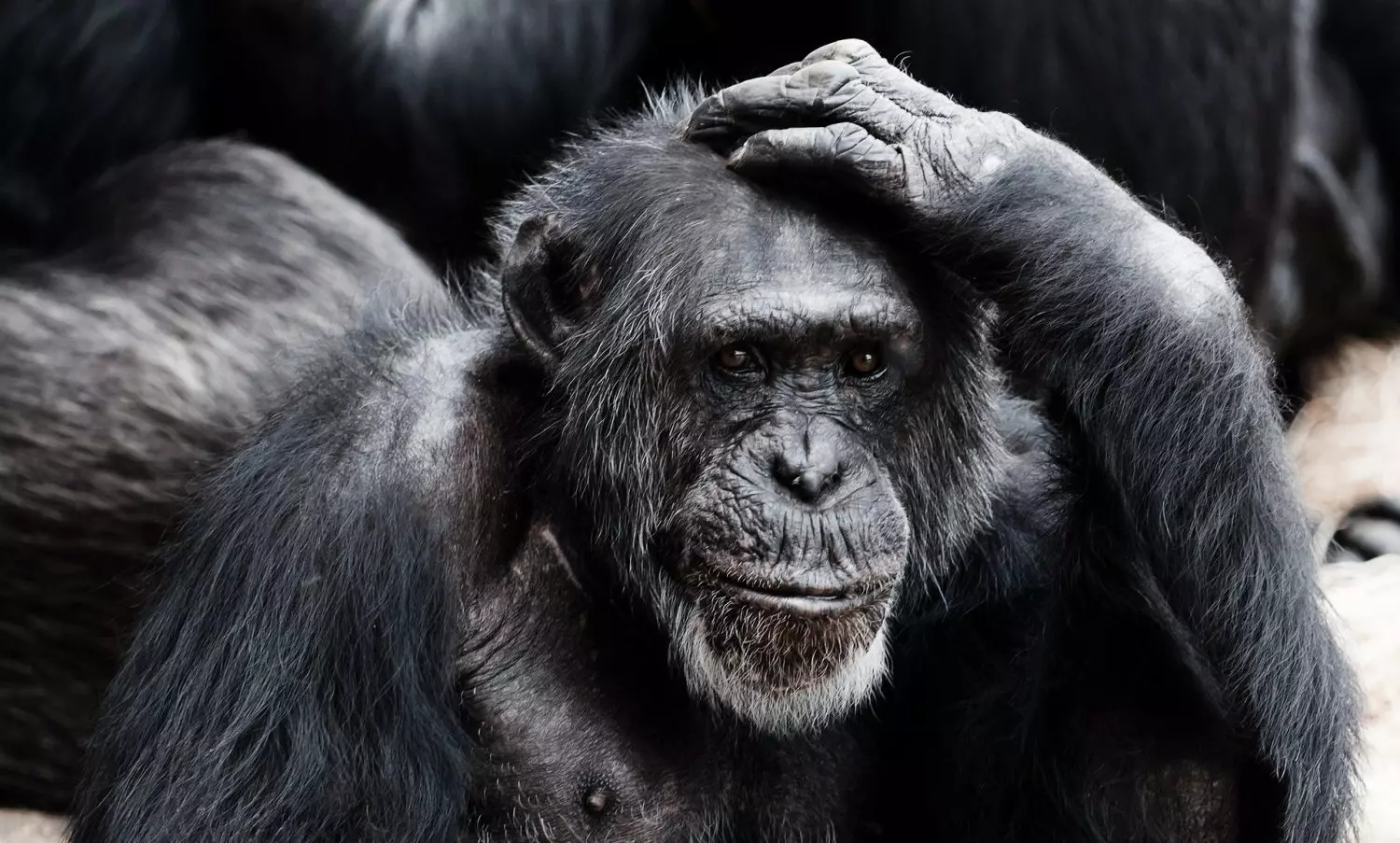After 15 years of dealing with a chronic shoulder injury, I finally decided to ask my doctor for an MRI¹ to find out what was going on and to see what could be done to fix it. (So much for Bill Nye’s assertion that biblical creation conflicts with science.2)
The initial diagnosis was that I had a torn supraspinatus—a muscle in the rotator cuff—full thickness. My doctor sent me to an orthopedic specialist, where, after further testing including X-Rays, I ended up having surgery, with an official diagnosis of:
- Right should rotator cuff tear of supraspinatus, full-thickness.
- Right shoulder bicipital tenosynovitis.
- Right shoulder impingement syndrome.
- Right shoulder symptomatic acromioclavicular joint degenerative joint disease.
- Right shoulder superior labrum anterior and posterior tear.
- Right shoulder anterior labral tear.
- Right shoulder synovitis.
- Right shoulder coracohumeral impingement.
- Right shoulder low-grade upper border subscapularis partial rotator cuff tear.
- Right shoulder chondromalacia.
While I am certainly not happy to have so many things wrong with my shoulder that needed fixing, this is a reminder of just how much integrated complexity there is in the human body.
I had a problem in just one small section of my body.
Three bones come together to form the shoulder joint – the scapula (shoulder blade), the clavicle (collar bone), and the humerus (arm bone).3 These bones fit together like someone designed them to fit together.
Maybe someone did?
Four muscles form the rotator cuff (one of which I had torn).4 Four additional muscles also help move the arm—eight in all5—enabling us to move our arms in various directions. This does not include muscles for moving the elbows, wrists and hands. Glands produce fluid to reduce friction, much like spraying a door hinge with WD-40. Eight ligaments hold the shoulder together and provide stability. And of course that does not even get into the neurological components which allow me to control my shoulder.
Lego sets come in a great variety of themes. Each Lego set comes with a number of pieces common to any Lego set; but also pieces unique to the set. Each of the sets comes with step by step instructions on how to put the model together. I have put some of these kits together with my son, and if you miss even one little thing, it can keep the whole set from coming out right.
My body came with a set of instructions that put my shoulder together, as well as the rest of my body—Deoxyribonucleic acid (DNA). I think just about everyone who sees a set of Lego instructions would agree that someone put some thought into making those instructions. The DNA that put my body together is immensely more complicated than Lego instructions. Yet, proponents of Darwinian evolution claim the DNA that put both my shoulder and the rest of me together, in all of my integrated complexity, came about through purely naturalistic processes without anyone putting any thought into it at all.
Some Darwinists will point to my shoulder injury and claim that if the body is designed, it is a bad design.
The reason for my shoulder injury is twofold. We are living in a cursed world.6 The other reason is we put demands on our bodies that our bodies were not really meant for. I was pushing myself too hard lifting weights. And we tend not to think about the countless things, from the cellular level on up,6 that have to go right with our bodies every day for us to live and go about our day—and do!
Three thousand years ago, in acknowledging our creator, David understood what Darwinists today miss:
You made all the delicate, inner parts of my body and knit me together in my mother’s womb. Thank you for making me so wonderfully complex! Your workmanship is marvelous—how well I know it. Psalm 139:13-14 NLT
Footnotes
- Faith Saves.com Behind the MIR Dr. Raymond Damadian
- Bill Nye and LeVar Burton Answer Social Media Questions, Larry King Now, YouTube
- Teach Me Anatomy.com: The Shoulder Joint
- WebMD.com: What is my Shoulder Cuff?
- ACE Fitness.org: Muscles that move the arm and shoulder
- Wonder of the Cell – Dr. Georgia Purdom YouTube







